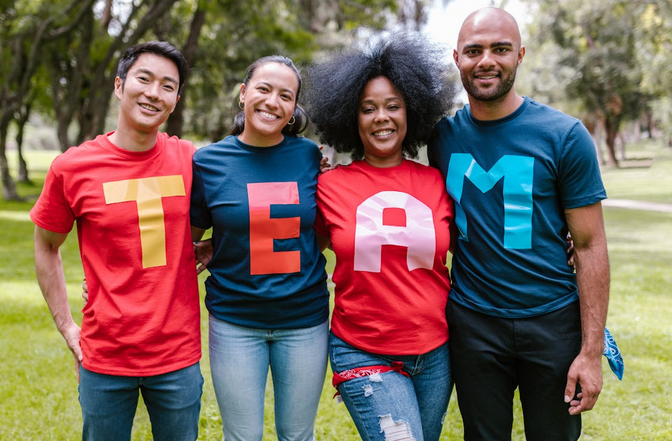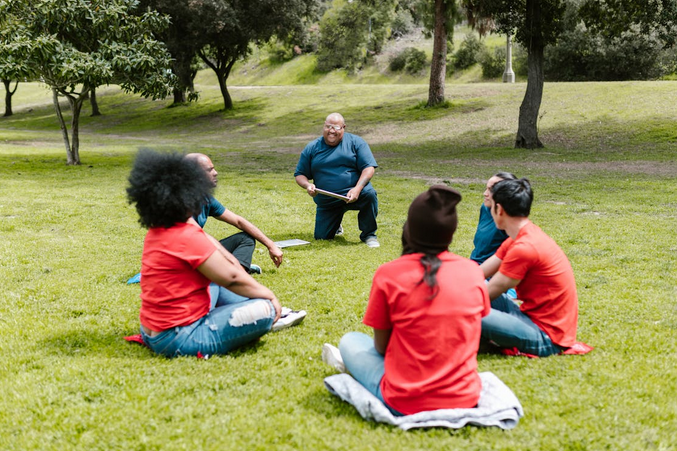
In the tapestry of a thriving workplace, the threads of collaboration, trust, and effective communication are intricately woven. Team building activities stand as vibrant stitches that bind these threads together, creating a fabric of synergy and camaraderie. In this article, we embark on a journey to explore the pivotal role of team building activities in enhancing workplace dynamics, fostering connections that transcend the confines of the office.
Fostering Open Communication

Team building activities provide a platform for team members to engage in open and unstructured communication. Team building activities for remote employees are especially crucial in the digital age, where physical distances can pose challenges to team cohesion. Virtual team building activities offer a unique platform for remote employees to bridge the geographical gaps, fostering a sense of connection and camaraderie across screens. Whether it’s through icebreaker games, problem-solving challenges, or collaborative projects, these activities break down communication barriers, encouraging individuals to express their ideas and opinions more freely.
Building Trust and Collaboration
Trust is the cornerstone of effective teamwork. Team building activities are designed to cultivate trust by placing individuals in scenarios that require mutual reliance and cooperation. From trust falls to team challenges, these activities forge bonds of trust, fostering a collaborative environment where team members feel confident in each other’s abilities. This heightened trust transcends the activities, permeating day-to-day interactions in the workplace.
Boosting Morale and Engagement
Engaged and motivated employees are essential for a productive workplace. Team building activities inject a dose of fun and excitement into the work environment, lifting spirits and boosting morale. When employees participate in enjoyable activities together, it creates a positive atmosphere that extends beyond the specific event, contributing to increased job satisfaction and a more engaged workforce.
Identifying Strengths and Weaknesses

Team building activities often involve problem-solving challenges that require leveraging individual strengths. These activities provide a hands-on opportunity for team members to discover each other’s skills and talents. Simultaneously, they highlight areas for improvement, fostering a culture of continuous learning and development within the team.
Improving Conflict Resolution Skills
Conflict is an inevitable aspect of any workplace, but effective conflict resolution is a skill that can be honed through team-building activities. When faced with challenges during these activities, team members learn to navigate differences, communicate constructively, and find resolutions collaboratively. These conflict resolution skills carry over into the workplace, contributing to a more harmonious and productive environment.
Team building activities are not merely recreational diversions; they are catalysts for positive change within the workplace. Fostering open communication, building trust, boosting morale, identifying strengths and weaknesses, improving conflict resolution skills, and enhancing team cohesion are activities that play a vital role in shaping a dynamic and collaborative workplace. As organizations recognize the transformative impact of well-designed team-building initiatives, they are better positioned to nurture a thriving workplace culture that propels both individual and collective success.…